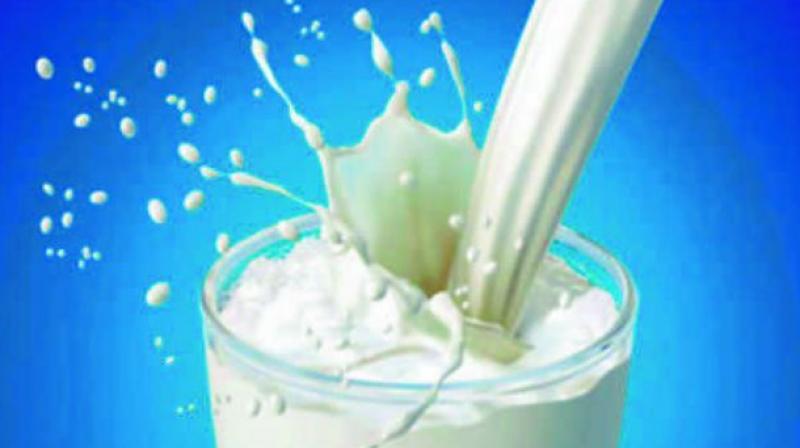Drinking raw milk, a risky health craze
The best way to deal with these pesticides and pathogens is to boil the milk for at least 10 minutes more after it reaches boiling point.;

Hyderabad: Is raw milk safe? The latest fad is to consume raw milk so that the ‘real’ taste and all the nutrients will be available for the human body.
International celebrities and stars like Martin Sheen and Gwyneth Paltrow are campaigning for raw milk, claiming that it’s good for health. But is it, really?
Raw milk is the milk which is taken straight from the cow’s udder for human consumption without any in-between process of heating or boiling the milk.
Raw milk contains pathogens like E.coli, salmonella and parasites. These come from the method of milking the cows where the udder is exposed to pathogens and makes its way into the milk.
The craze for consuming raw milk took off with such speed that from 2007 to 2012, 1,000 people have been hospitalised due to infections in the United States of America.
The Centre for Disease Control and Food and Drug Administration have been constantly reiterating that raw milk must not be consumed. Despite this there is a growing movement in favour of raw milk as it is believed that processed and pasteurized milk takes away the vitamins from the milk.
Dr Zeenath Fatima, consultant dietician, explained, “Recent reports in the scientific journal Veterinary World have stated that pesticide HCH or lindane is used in agriculture and it makes its way via the food chain in the milk. Pesticides like HCH and DDT upto 4 milligrams per litre have been detected in milk and milk products. These chemicals continue to increase in traces in the human body and prolonged consumption can lead to serious health complications.”
The best way to deal with these pesticides and pathogens is to boil the milk for at least 10 minutes more after it reaches boiling point.
While pasteurisation removes the harmful bacteria by 45 per cent, others can be removed if at home a proper boiling process is carried out.
Pasteurisation does not reduce the nutritional value of the milk, but it de- activates certain enzymes and also reduces vitamin C in the milk.
But it is considered the safest method of drinking milk. Even in rural India, the villagers boil the milk and only then consume it as there are bacteria which get killed after boiling.

